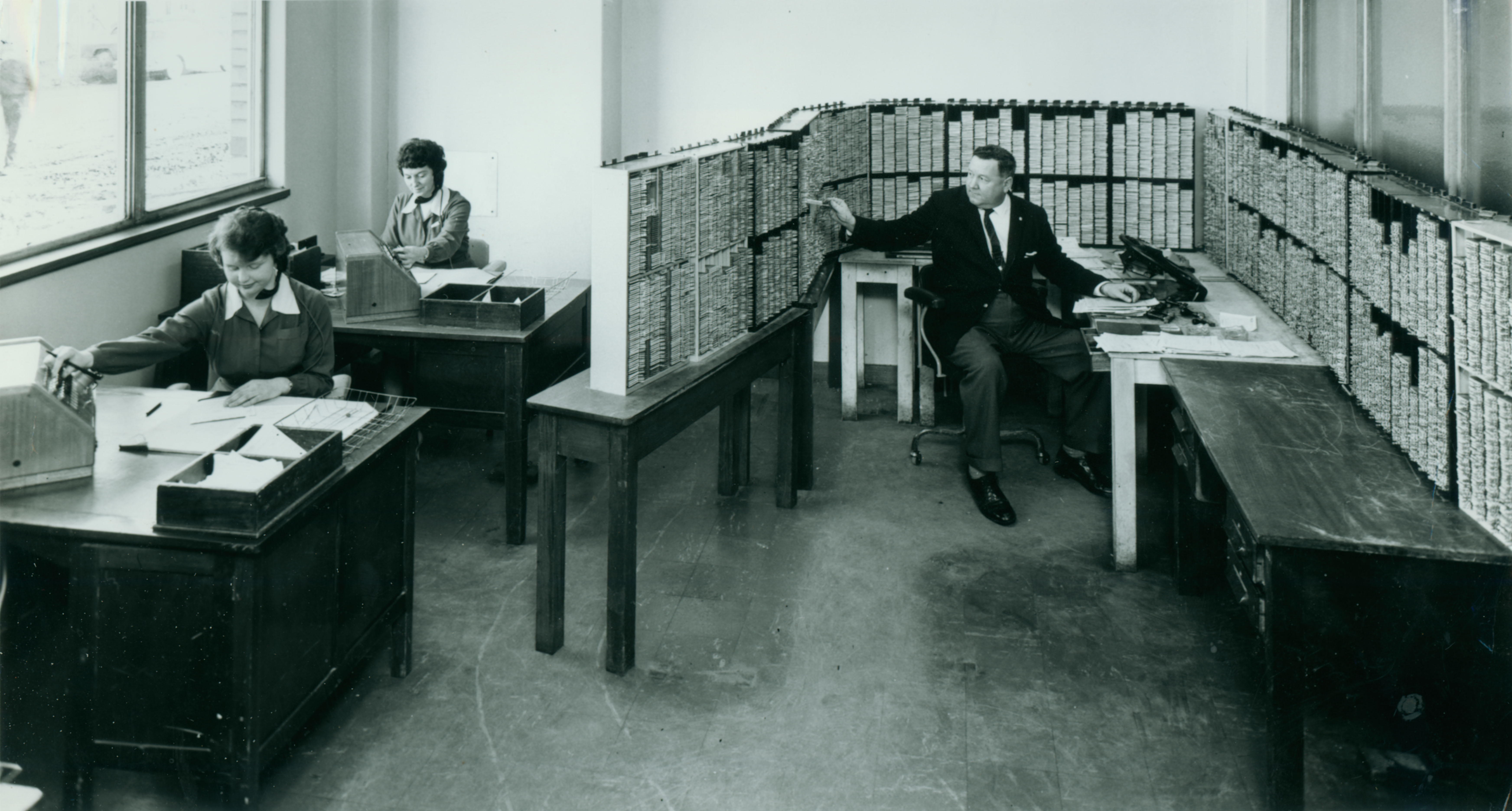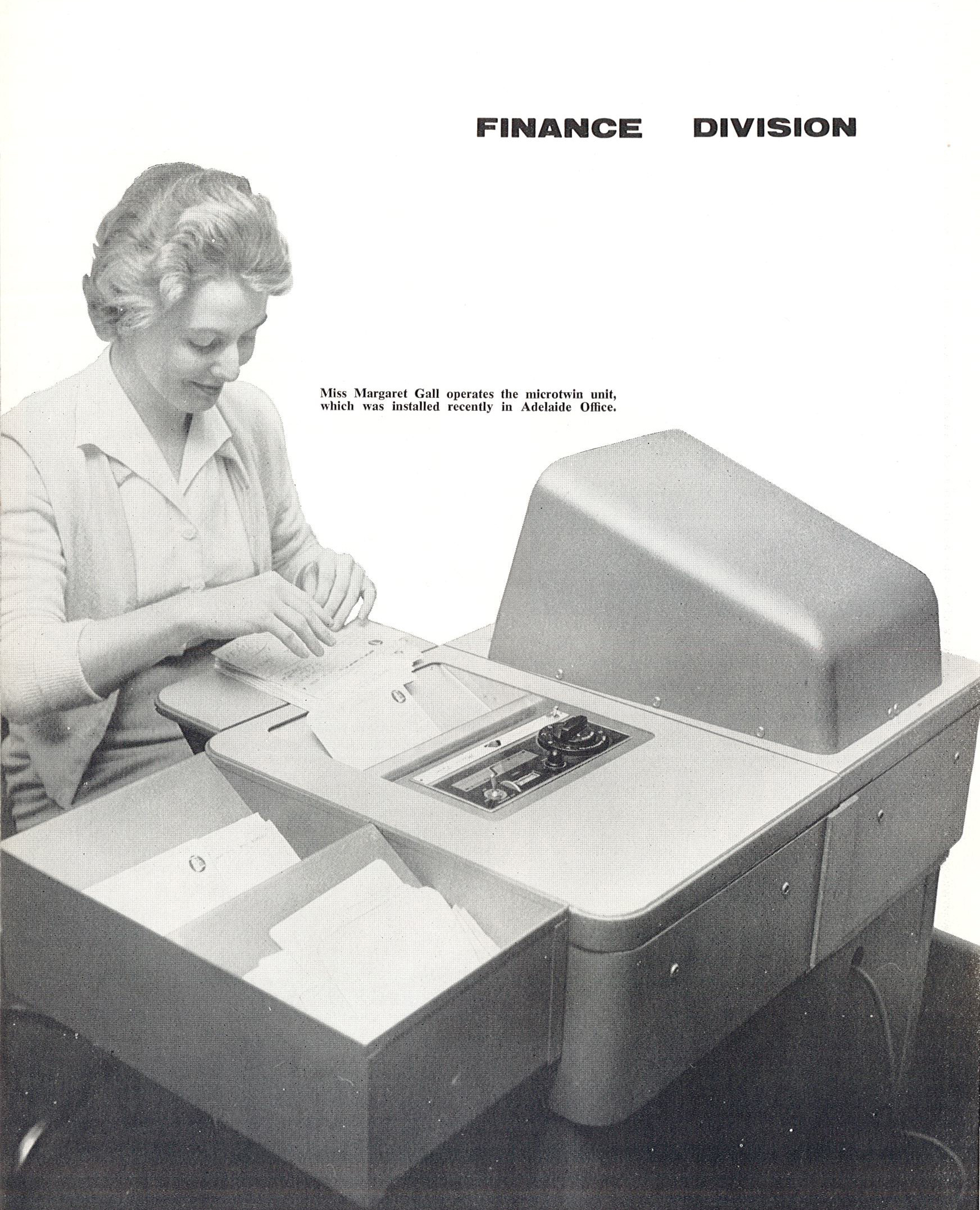Women and Early Computing
As in many areas of the history of science and technology, the role of women in early computing is often overlooked. Records of women involved in computing before the 1980s are rare, but some material held at the University of Melbourne Archives does hint at the untold story of women computer users, technicians and programmers in the twentieth century.
Many clerical jobs, in particular, typing and calculating, had been predominantly female occupations since the Second World War. It translated, therefore, that early computing tasks like filing, making and organising punch cards and operating sorting machines would fall to female workers. For more information, see subject the subject guide on Female Dominated Professions.


Photographic evidence from the corporate archives of Shell show the gender divide in the tasks demanded by different computer systems. While earlier systems like the Hollerith and other punch card machines allowed for women typists and office workers to participate in their operation, these jobs were phased out by the growing speed and ability of the technology and women has less access technician roles.
The University of Melbourne Computer Users Committee minutes of 1967 record one particular concern held by the University about women's roles in the computer centre. Due to extremely high demand for the services of the University’s computer it was kept running almost twenty-four hours a day. The Computer Users Committee minutes suggest it was seen as inappropriate for women to work at night in the computer lab, and recommend that more men should be employed at the facility to work those late hours.
When the expected appointment of a further female technical assistant is made it will be possible for one male machine operator to be transferred to the night shift.
Pregnancy, a barrier to women’s careers in any profession in the twentieth century, was particularly limiting to women who worked with computers. In 1985 the Australian Red Cross Society published important guidelines to its staff about correct and safe computer use which demanded that pregnant women should not use the computer equipment.
The personnel officer must be informed immediately the pregnancy is known so that arrangements can be made for the work to be carried out. Work on the equipment will not be resumed until after confinement and by mutual agreement between the staff member concerned and the society.
Some areas for future research within the University of Melbourne Archives:
- Kay Thorne (Nee Sullivan), one of the first technicians who worked on CSIRAC at the University of Melbourne
- Womens’ roles at the Australian Red Cross Society using the Hollerith system during the Second World War
- Secretarial and clerical work in business and other organisations